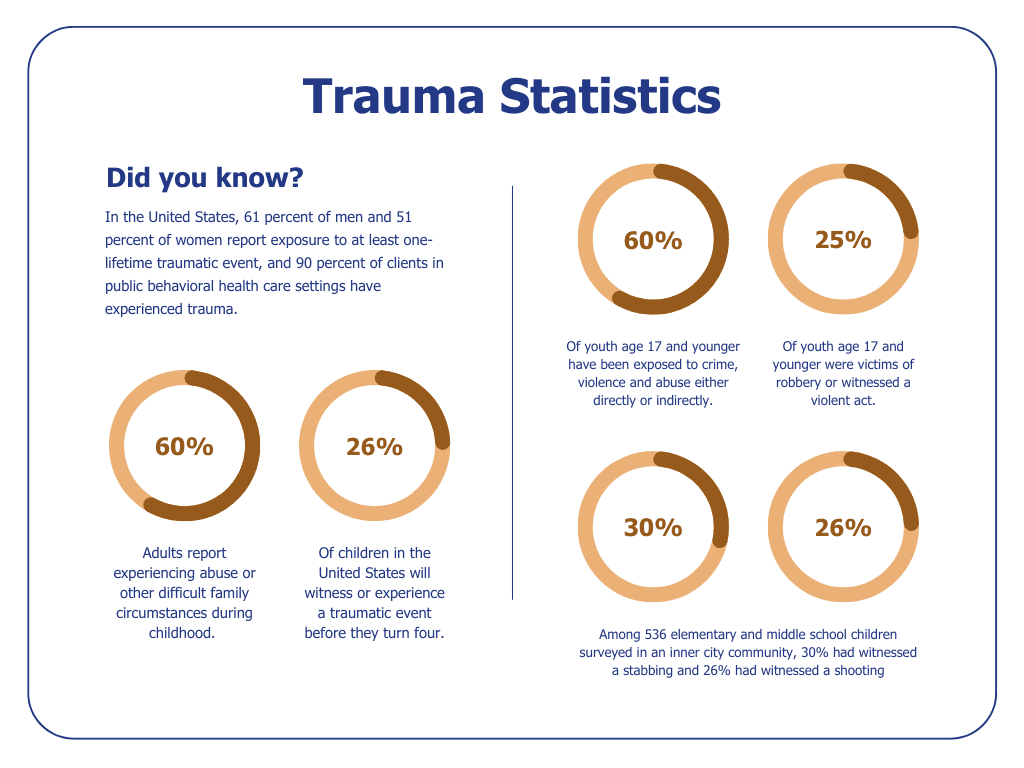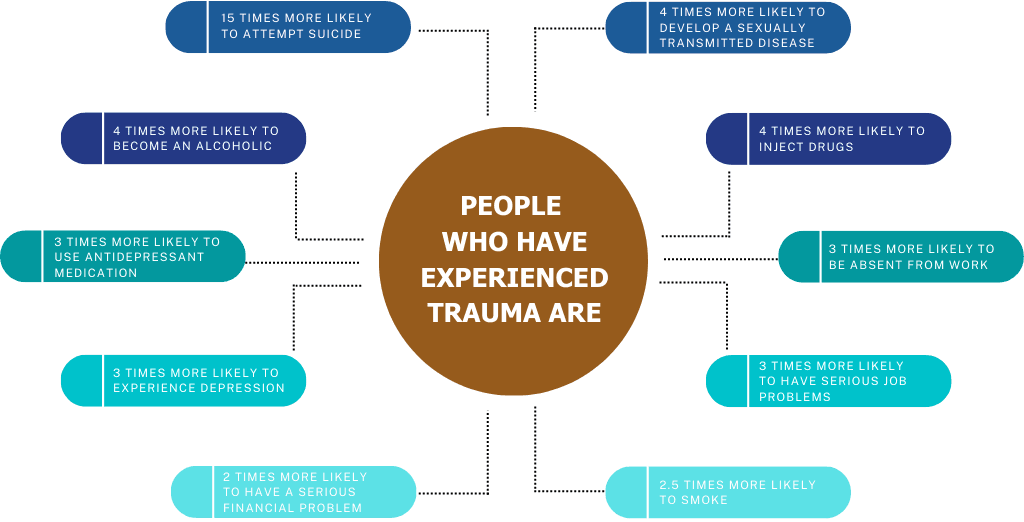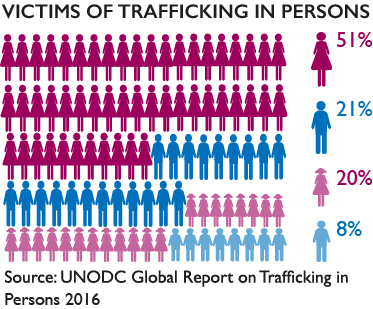Frequently Used Key Terms
- Counseling: Providing advice, help, and encouragement to people.
- Developmental Trauma: Multiple or chronic exposures to one or more forms of developmentally adverse interpersonal trauma (abandonment, betrayal, physical assaults, sexual assaults, threats to bodily integrity, coercive practices, emotional abuse, witnessing violence, and death). (For more information, read Bessel A. van der Kolk, MD's Developmental Trauma Disorder paper on our Reading List.)
- Dissociation: The mind’s preparation for the body to be harmed, by Peter Levine. Janina Fisher explains dissociation is a disruption of the normal integration of experience.
- Discovering MErcy also highlights that dissociation for a survivor is used because they do not want to feel the body. People dissociate to stay out of the body. (For more information to have a basic understanding, read Healing the Fragmented Selves of Trauma Survivors: Overcoming Internal Self-Alienation by Janina Fisher from our Reading List. Discovering MErcy does not use or agree with the therapeutic style that Janina uses, however, thinks a reader can learn from the basic premise she puts forth.)
- Trauma-Based Mind Control: Repetitive trauma a person endures that causes him or her to be submissive to another in thoughts, will, and choices.


Sources
- National Center for Mental Health Promotion and Youth Violence Prevention, "Childhood Trauma and Its Effect on Healthy Development," July 2012
- JAMA Pediatrics, May 2013
- Kilpatrick DG, Saunders BE. (1997). "Prevalence and Consequences of Child Victimization: Results from the National Survey of Adolescents." National Crime Victims Research and Treatment Center, Medical University of South Carolina
- Finkelhor, David; Turner, Heather; Ormrod, Richard; Hamby, Sherry; Kracke, Kristen (October 2009). "Children's Exposure to Violence, a Comprehensive National Survey." Office of Justice Programs Juvenile Justice Bulletin.
- Bell, C.C. & Jenkins E.J. (1993). "Community Violence and Children on Chicago's Southside." Psychiatry, 56 (1): 46-54.
- "Building Resilience in Children and Youth Dealing with Trauma," Substance Abuse and Mental Health Services Administration, U.S. Department of Health and Human Services (http://www.samhsa.gov/children/trauma_resilience.asp)
- Substance Abuse and Mental Health Services Administration, U.S. Department of Health and Human Services
The Victims of Trafficking in Persons

- The crime of human trafficking is heavily rooted in social and economic conditions including poverty, family violence, marginalization, and a lack of education. It is facilitated by practices that discriminate against the most vulnerable groups in society - in particular, women and children, but also refugees and migrants.
- Women and girls make up 70% of overall trafficking victims worldwide. The vast majority are young women who have been forced into the sex trade. Women are also exploited for domestic servitude and forced labor.
- Men are often exploited for forced labor, enduring harsh physical conditions and abuse. Male victims are frequently overlooked because of a common misperception that men are not trafficked.
- Child trafficking is a major concern. Children are exploited for forced labor, petty crime, and begging, child pornography, and sex. Children account for 1 in 3 victims of human trafficking worldwide, though in some regions these figures are higher. Children who are forced to serve as soldiers are also considered victims of human trafficking.
For more information on human trafficking, visit United Nations on Drugs and Crime.
Read more about human trafficking indicators.

